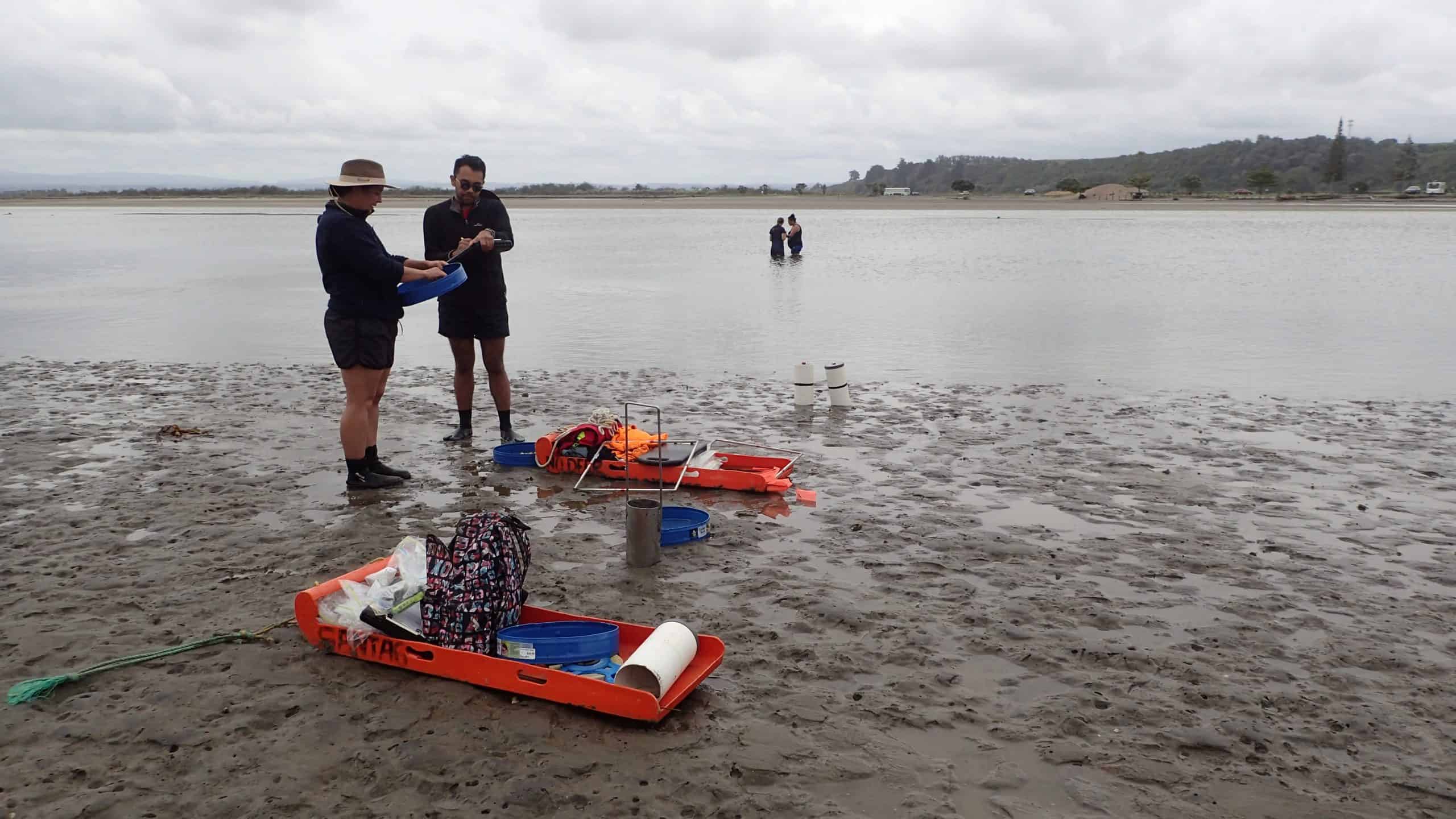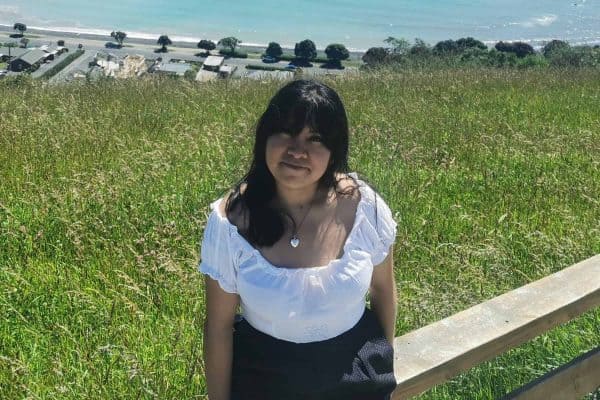Mapping coastal marae and urupā
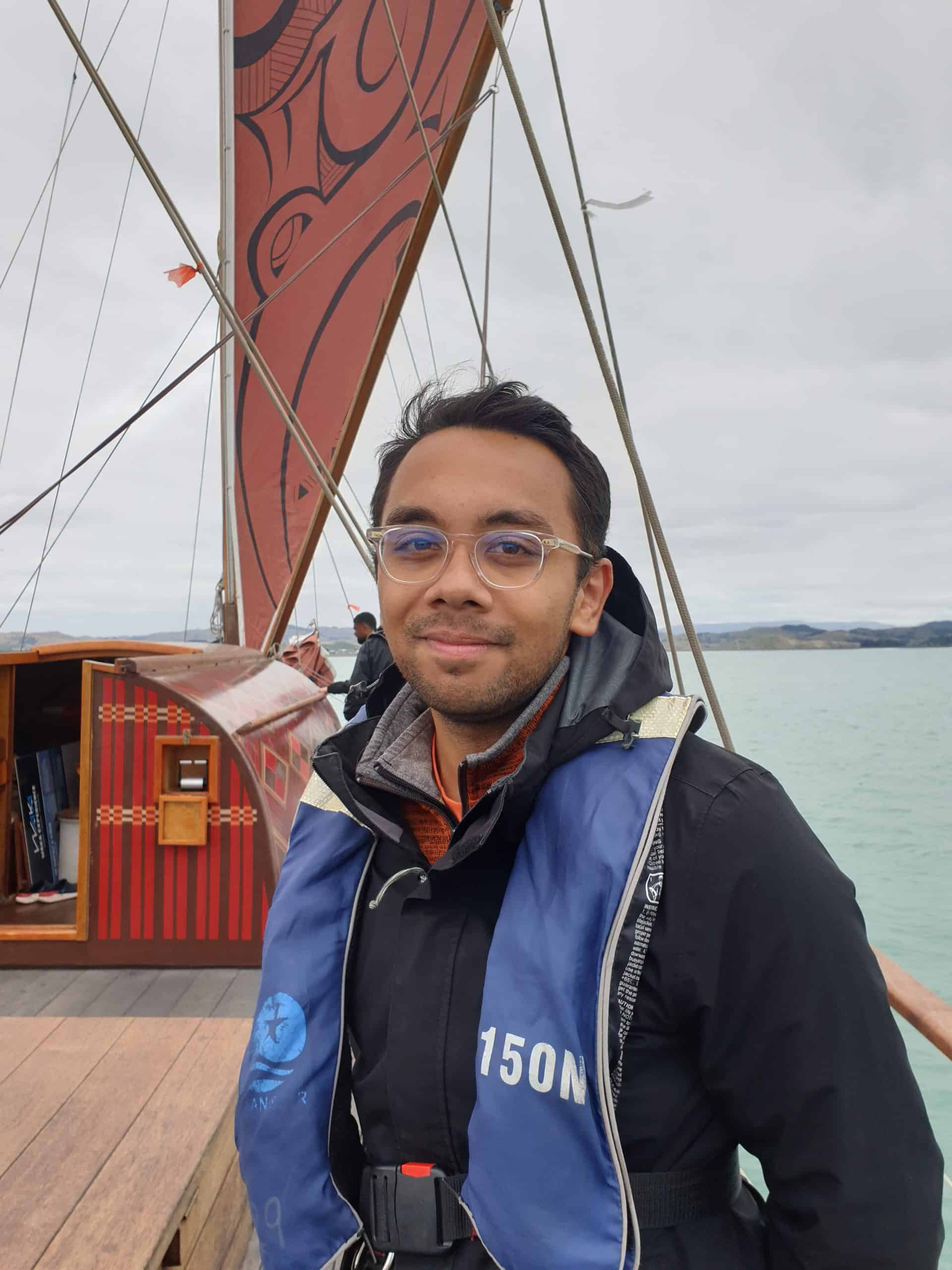
Tēnā koe Akuhata. Can you tell us about your iwi affiliationsā
Yes, my iwi affiliations are Ngāti Whakaue, Tūhourangi, Ngāti Tutetawhā, and Ngāti Tāwhaki.
What motivated you to pursue your current research on climate threats to coastal marae and urupā?
At the end of 2019 I graduated with my Bachelor of Science in Earth Science with a minor in Geography at the University of Waikato. Then I started a summer scholarship at our Tauranga campus funded through the Resilience Challenge and supervised by Prof Karin Bryan, Dr Shari Gallop and Dr Scott Stephens (NIWA). We used GIS (geographic information system) to map the proximity of marae to the coast and rivers and started looking at their elevation, distance to the coast and slope. I realised the impact that this research could have for my people and my country. From there I was hooked, and I got the opportunity to start my masters which has brought me to where I am now.
Could you briefly summarise the objectives of your research?
The overall objective is to understand the exposure of coastal marae and urupā to a rise in sea level. We will achieve this by first understanding the characteristics of these coastal marae and urupā such as elevation and distance to the coast. As well as using NIWA coastal flood maps to categorise which coastal marae or urupā may be inundated at increments of sea level rise. Following this, we focus on classifying the coastal geomorphology of these coastal marae and urupā which will be critical to understand how the coast will respond to a rise in sea level. Lastly we want to start exploring what is the way forward and what is next to address this issue in the best way for Māori.
What have you found so far?
191 marae around Aotearoa New Zealand are within 1 km of the coast and 41 Bay of Plenty urupā are known to be within 1 km of the coast. Of these 191 coastal marae, 30% are situated below 10 m above sea level. Of the 41 coastal urupā we looked at, 40% are situated below 10 m above mean sea level. We have also conducted a geomorphic analysis of coastal marae and urupā because different types of coasts will have very different responses and management requirements. We found that the most common type of coast around marae is shallow drowned valleys (such as Tauranga harbour) with 38% of coastal marae having this geomorphology. Followed by coastal embayments (such as hot water beach) with 21% of coastal marae having this geomorphology.
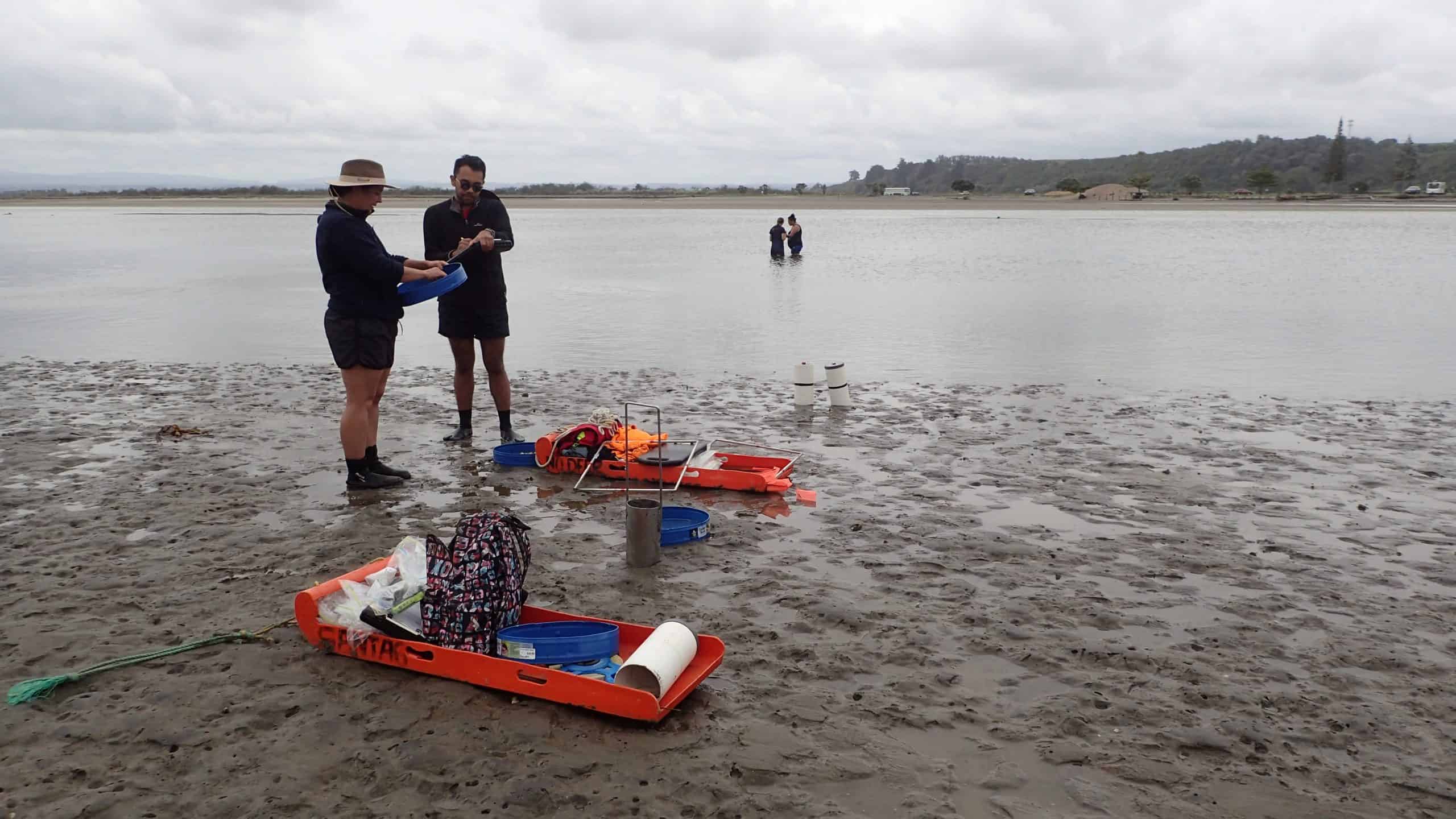
What aspects of your research have been most challenging?
The most challenging aspect of this research is engagement. This is because marae and urupā are such important historical and cultural sites to Māori and anything that threatens their safety is an emotive issue.
What do you hope will come out of your research that will have real world impact for iwi and hapū?
The outputs from this research will be the first baseline investigation which seeks to understand the exposure of coastal marae and urupā to a rise in sea level. I hope that this data can be used in the future by coastal marae, hapū and iwi to make informed and relevant decisions to help protect and preserve these sites of significance for future generations.
What specific mitigation strategies can you foresee that will help safeguard affected marae and urupā?
This is the hardest question that I am faced with when talking with coastal communities, so what? What do we do? And when do we do it? Potential solutions to safeguard marae and urupā from coastal flooding and erosion can be complex and expensive, and dependent on the coastal environment of these coastal marae and urupā. Hence creating a solution is going to need to incorporate these factors and more.
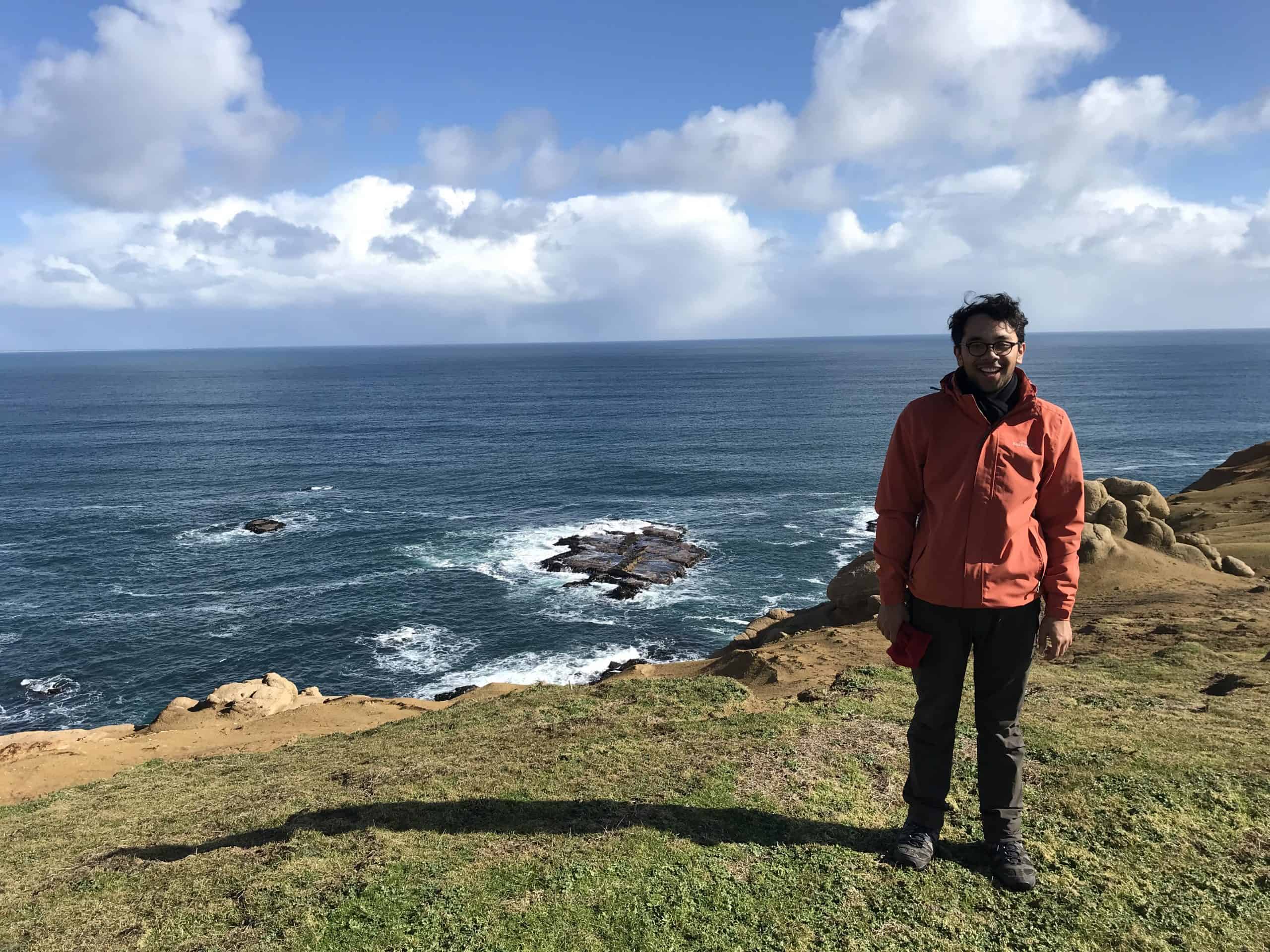
What are your future research aspirations?
I am planning to continue my research with a PhD, looking at the potential solutions for coastal marae, urupā and communities to combat sea level rise and potentially how to provide relevant and digestible information to make it easier to make informed, collective decisions to protect and preserve coastal marae and urupā.
